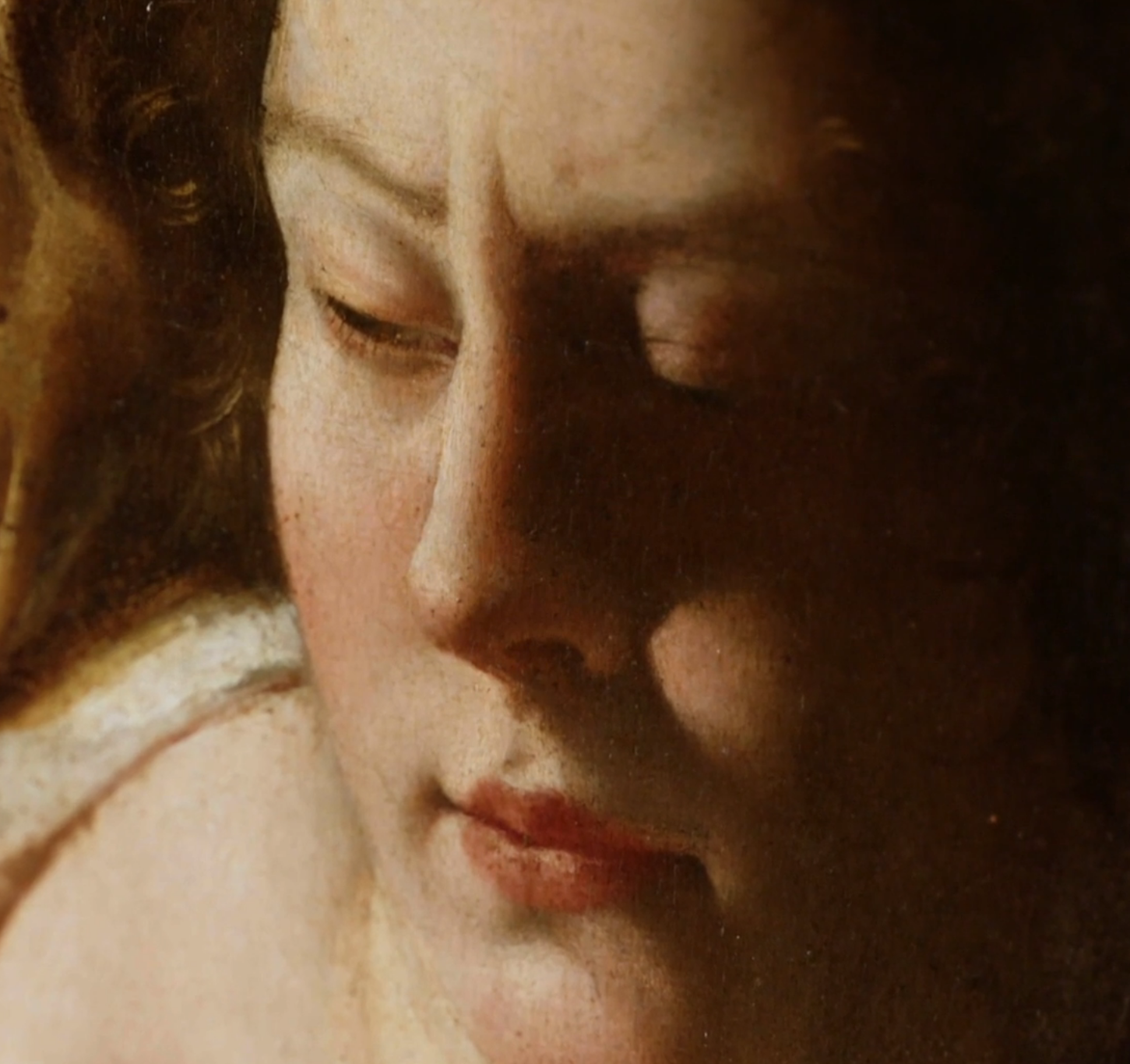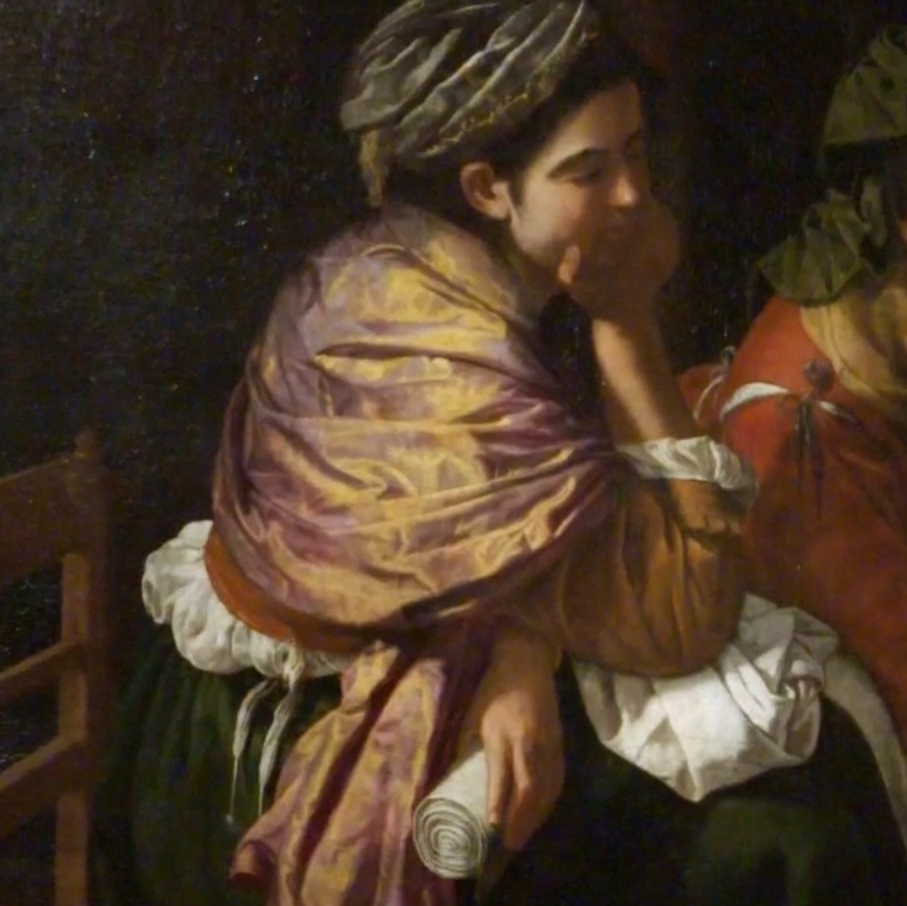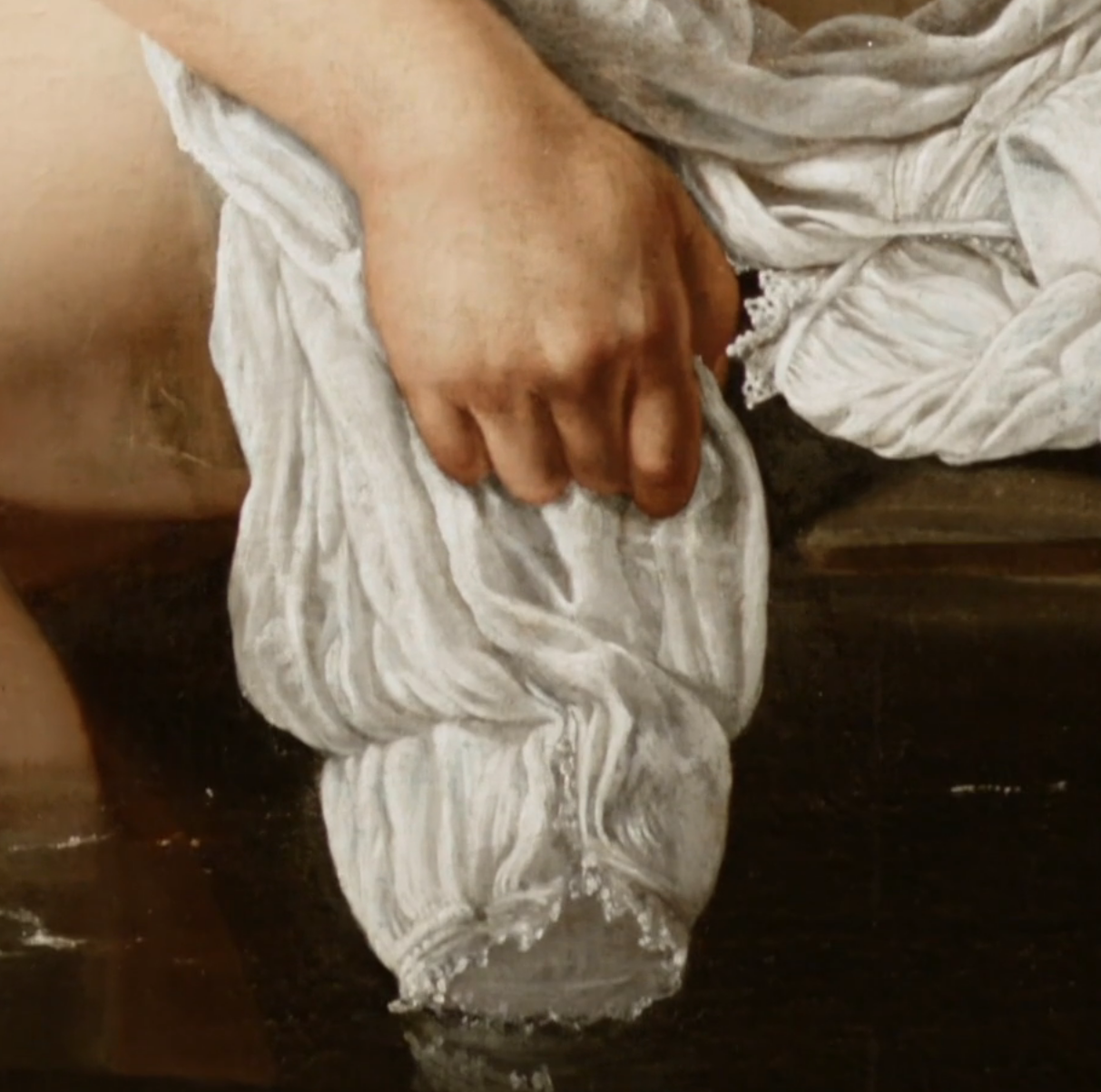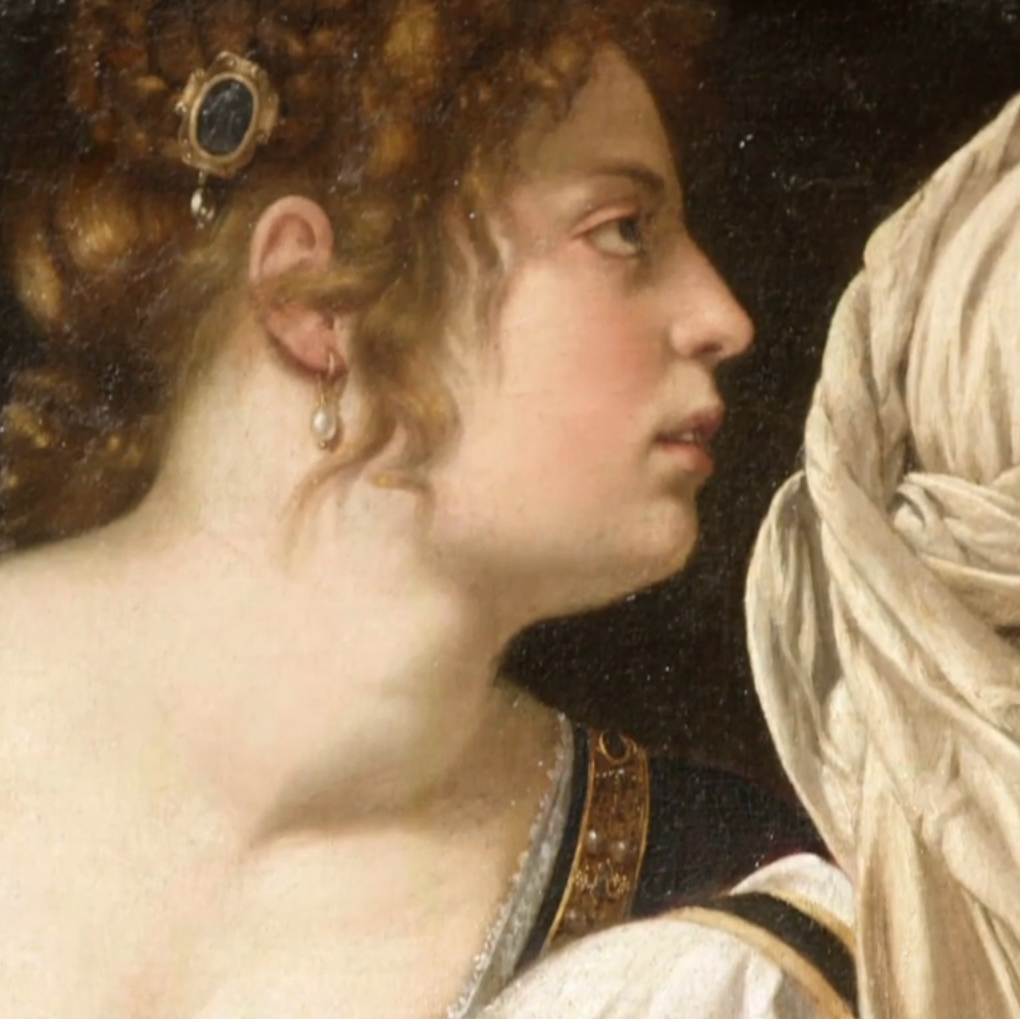What a woman can do
Artemisia, is the first major exhibition in the UK of the 17th-century artist Artemisia Gentileschi, currently showing at the National Gallery, London. As with all exhibitions at the moment it’s not open to visitors but there is an excellent online tour you can take by Letizia Treves which leaves you gasping for more in anticipation of going to see it in person.
We learn about the traumatic events in her life – such as her rape – and the unspeakable difficulties she experienced on top of the fact that painting at that time was the prerogative of men who had the privilege of going out and learning from the great masters while she, as a woman, was left uneducated and was stuck at home. And yet, after being rediscovered in the 20th Century, and with some of her works and letters only coming to light as late as 2014, her until-now-undiscovered achievement deserves to make her one of the most famous artists in the world – and a woman at that!
What makes her so special is how she was able to give a feminine interpretation to the storytelling in her paintings. She gets inside the emotions and personality of her mostly female protagonists, very often putting her own life into her art and so communicating a visceral and powerful vision. A common thread is girl power and women teaming up to fight against a male dominated world, for example Judith and her maid, muscular and forceful in their gruesome and physically difficult deed of hacking off the head of Holofernes (Judith and Holofernes). You can see the emotion and concentration on the job at hand in their faces. Or conversely the calm, caring feminine cooperation between the midwives in The Birth of St John the Baptist.
Many years before feminism her work speaks for oppressed women and her powerful personality which comes through in her words and paintings stands up against male violence and the patriarchy. She promised one of her illustrious patrons who commissioned her, “I Will Show Your Illustrious Lordship what a woman can do”. She knew her worth and her power both as an artist and as a woman.
Paintings clockwise from top left (all details): Susannah and her Elders, Judith and Holofernes, Birth of St John the baptist, Susannah and her Elders - later version, Judith and maid with the head of Holofernes, Birth of St John the Baptist






